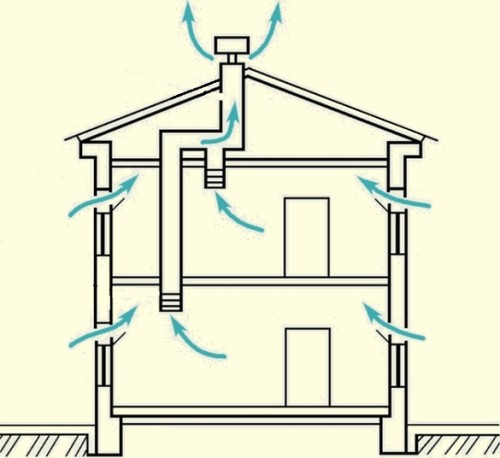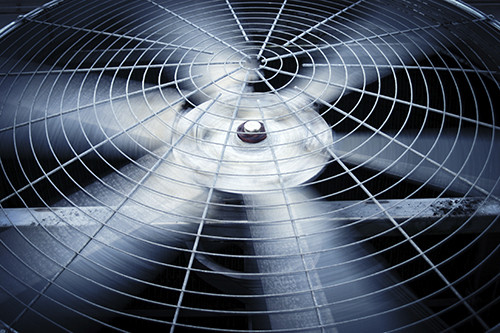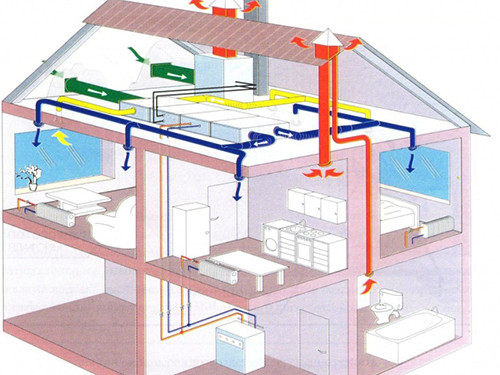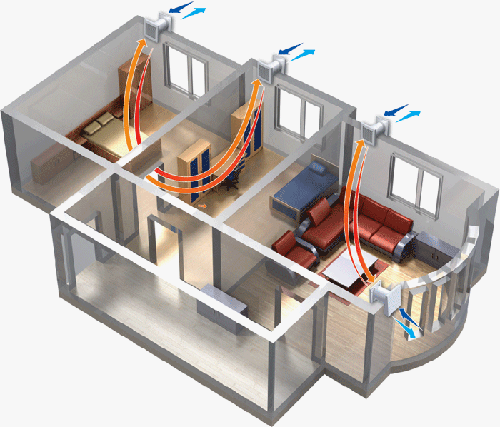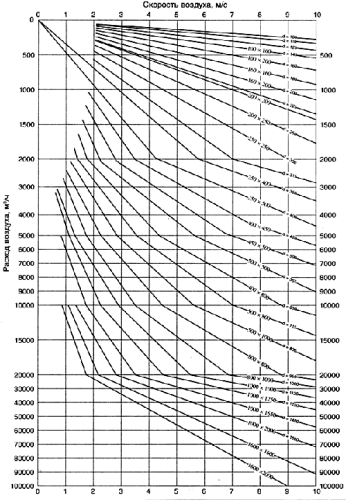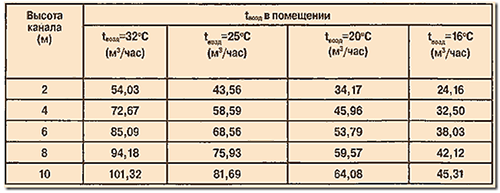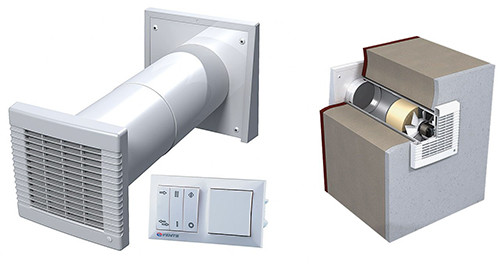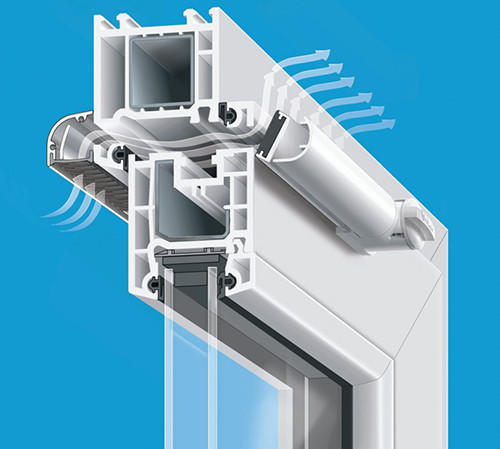Life even in the most spacious and fashionable furnished house can turn into a daytime nightmare if there is no high-quality ventilation. This seemingly minor item is able to reduce all the amenities and significantly reduce the service life of the building itself. To protect yourself from this, you should take care of ventilation in a private house in advance.
Content
Ventation options
If the ventilation in your home works weakly or is not at all, it is not to be surprised that with time the mold will grow up in the corners, condensate will grow on the windows, and the headache from the front air will displays you all more often. Ventilation of residential premises is extremely important because it retains not only your real estate as possible, but also your health.
There are many ways to classify systems: according to the method of movement of air masses, purpose, functions, etc. But if you are not going to engage in installing ventilation professionally and turn this thing into your hobby, to study everything is thoroughly optionally. It is enough to know that ventilation systems can be natural and forced. The first function due to the pressure drop. Another of the school lessons of physics and environmental education is known that the wind is a natural phenomenon resulting from air movement from the high pressure area into the low area. Such a natural property and formed the basis for creating natural ventilation, when the exhaust air (high pressure) through special holes in the walls moves along the pipes outside (low pressure region).
To clearly understand what is natural ventilation in the house, remember any city apartment, or rather the ventilation grille in the kitchen. The exhaust air opening is placed in the kitchen and in the bathroom, since these rooms are the most wet in the house, and therefore require regular ventilation. But often in an old or illiterately designed apartment building, ventilation is too weak and does not cope with its task. What to do in this case, we will tell a little lower.
With the natural ventilation system, everything is clear, it remains to deal with forced. As it was already possible to guess, the air in such a system moves forced, that is, at the expense of a variety of intensifiers. Basically, these are special fans that run and injected air in the pipeline. From into which way the fans are pushing air masses, ventilation is separated on the supply and exhaust. Supply only imparts fresh air to the house, exhaust - only removes spent. The practical owner will immediately become obvious that individually such systems are completely unproductive, and therefore it is much more efficient to use them together. This is born by a mixed ventilation system or a ship-exhaust.
According to the method of moving air flow, ventilation can be channel or non-channel. In the first case, the air moves along the pipes (channels), in the second - penetrates through the ventilation holes in the windows and doors.
How to choose ventilation?
So, we gave quite a few information, but in an inexperienced person the head will already go around the variety of types of systems. And which one is suitable for home, apartments, frame cottage? First of all, it should be understood that any method has its own advantages and disadvantages, but the essence of each is to ensure regular exchanging air - the replacement of spent masses enriched with water vapor and carbon dioxide, on fresh oxygen. Immediately a question - can the natural ventilation system be able to provide proper air exchange in a high-rise building of the Soviet building located in the center of the megapolis? Naturally, no, however, most citizens live in such houses. Hence the conclusion that the choice of the system should depend on the location of the house, its size, air purity outside, the needs and number of tenants.
The easiest way to ensure the house is fresh air - to ventilate the room. In the summer it helps, but in the winter, once again, I do not want to open the window. Moreover, many residents of old-type apartment buildings tightly plug all the slots in the windows and balcony doors to keep warm. Ventilation mines in such buildings are pretty old and have already turned to draw from the inside dust and mud. Such blockages significantly reduce the diameter of the ventkala and adversely affect the efficiency of the system. Solving options Some: Clean the ventilation shaft, set an auxiliary device for the inflow of fresh air to the house.
In the case of private houses, the situation is different - here you need to work out to be able to calculate, design and set the right ventilation in the house. If you do not have experience in a similar area, but I don't want to call the masters, you will have to study the theory and figure out the principle of systems. So, for a private house, you will need at least a pair of extractors for an effective air exchange - in the kitchen and in the bathroom. It should be engaged in the planning of the system before the construction of the house itself, but the installation is possible for the commissioned house.
Several tips for choosing a home ventilation system:
- If you live in an old high-rise building, most likely, the ventilation shaft is scored and does not work in full power. Agree with neighbors on the entrance to the call of the wizard for cleaning, or set the trim valve.
- If you decide to install a trim valve in the apartment, but at the same time you live in the city center or near the highway (in the area with dirty air), choose a model with a good filter so as not to breathe exhaust.
- For a private house, you need at least two hoods (kitchen, bathroom). In this case, it is advisable to establish a mixed ventilation system (subtle-exhaust).
- To save electricity and better heat resistant, the ventilation system in a private house should be equipped with a recuperator. This is a special device that heats the incoming cold air from the street due to the heat of the exhaust air from the house.
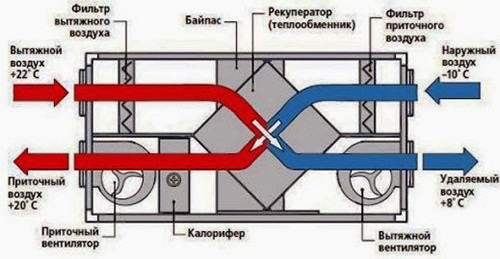
- If you live in a private private house, there is no need for forced ventilation there. There is no need - wooden walls will cope with air exchange yourself, and there will always be fresh and warmth in the house. Another thing, if you live in a house of brick, concrete or sip-panels. Such walls "do not breathe", and therefore the exhaust air should be displayed forced.
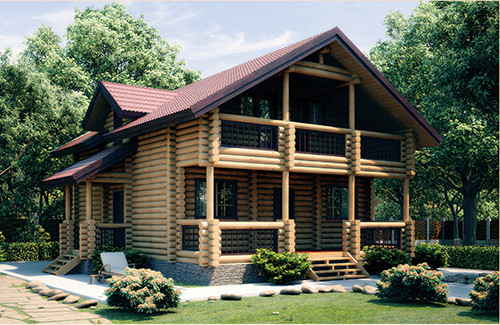
Ventilation with your own hands
In this chapter, we will tell me how and why make calculations for the ventilation system, as well as how to create high-quality air exchange in a regular apartment.
In fact, the ventilation device in the house is reduced to creating a pressure difference, but at the same time air flows must meet some requirements:
- Their movement should be uniform, without jerks and swirls. This is achieved mainly due to round ventilation pipes with a suitable cross section.
- The drafts should not be (narrow-controlled air flows, the temperature of which is lower than the room temperature).
- It is necessary to provide a full-fledged air exchange in each room. The norms of air exchange depend on the performance characteristics of the room, its volume and area. So, for residential rooms, this indicator should be at least 3 m³ / h per 1 m², and for premises with elevated moisture level (kitchen, bathroom) - at least 60 m³ / h.
It may seem that the volumes are too large, but when calculating it is recommended to increase them slightly "about the supply". In fact, the air flow at a speed of 2 m / s will be able to blend the candle on the cake, but we practically do not feel on the skin.
Ventilation calculation
The calculation of the ventilation system is then needed to understand how the volume of air should be substituted at a certain period of time (1 hour) so that in the room there is always dry and fresh. Based on this data, it becomes clear which diameter of the air channel is needed to remove the spent air from the room and replace it with fresh.
Conduct calculation is possible by the multiplicity of air exchange or a simpler scheme - along the area of \u200b\u200bthe room. The multiplicity of the air exchange is called a value that denotes the amount of exhaust air is fresh for 1 hour. For example, if the multiplicity is 1, it means 1 time the air should be changed 1 time if 0.5 means half of the exhaust air should be changed in fresh and t .d. The multiplicity of air exchange depends on the specifics of the room. This is described in detail in SNIP 2.08.01-89.
To calculate the amount of air to be replaced, use the formula: L \u003d N * V, where N is multiplicity, V is the volume of the room.
However, novice is easier to calculate ventilation on the area of \u200b\u200bthe room. According to this method, each 1 m² of area should be highlighted by 3 m³ / h of fresh air, regardless of the number of people living in the house.
Section of air canals
Based on the data obtained, you can choose the diameter of the cross section of the air ducts for the lead and supply of air to the house. The dimensions of the duct affect such indicators as the speed and volume of air drive. If the channel is too narrow, it will not cope with the air, and the room will be dumping and stood. Conversely, if you put too much a wide channel, the air will be too quickly replaced, and the room will always be cool, so it will not work in winter.
Before proceeding to calculating the cross section of the air duct, it is necessary to clarify whether the extract is natural or forced. In the first case, the speed of air flows should be no more than 2 m / s, in the second - no more than 6 m / s for the highway and 3-4 m / s - for branches.
To simplify the calculation, use the following chart:
At the vertical, set aside air flow (L), rounded in a large side (with a margin). Then, on the horizontal, find the air velocity suitable for your case, and at the intersection of columns will be visible, which air duct is suitable for this. For example, if the air flow is 250 m³ / h, and the maximum speed is 5 m / s, then the air duct with a diameter of 140 mm will be needed to create ventilation.
Useful advice: The table also shows the values \u200b\u200bfor rectangular air ducts, but the practice has shown that the aerodynamics of round products is much better - there is no derage, and the air is moving freely.
Ventilation scheme
After computation, you can start creating a detailed drawing, on which the route of the air ducts should be displayed, the location of the ventilation grids, a recovery, fans, etc. The ventilation diagram of the home newcomer will be quite difficult and it is unlikely to avoid mistakes, so this work segment is recommended to trust a specialist. In the rest, it is actually cope with its own, but a significant proportion of success depends on the competent layout.
If you still want to practice, draw the scheme yourself, and then show it a knowledgeable person who is able to see and correct possible errors. What you need to know to create ventilation at home with your own hands? First of all, remember the main rule - the most wet and "dirty" rooms must be at the end of the ventilation chain. That is, the air should "drive out" from the dry and clean rooms, for example, first goes, then a children's, living room, bathroom and kitchen.
The exhaust air intake hole should be removed on the roof for a certain height. To determine how many channels will be required for a standard duct, we propose to use the table below. Using the method of simple proportion, we calculate the bandwidth for any channels. For example, a pipe with a diameter of 150 mm and a length of 4 m will pass about 33 m³ / h.
The value of the air exchange value you already know, now subside it on the bandwidth to get the required number of channels. It is worth noting that this is the most primitive method of calculation that does not take into account other parameters affecting ventilation efficiency (heat insulation of the mine, direction and strength of the wind, etc.).
To reduce negative atmospheric influences (wind power), the output of the ventilation mines should be located above the roofing. For example, if the slope is less than 12®, the end of the ventilation pipe should be lifted 60 cm above the skate. In any case, you should consider the distance between the mine and the skate. So, if the pipe ends in a meter from the highest point of the scope roof, it should be at least 50 cm above the skate, and if the removal is 1.5-3 m, then the yield of the mine should be brought down with a skate.
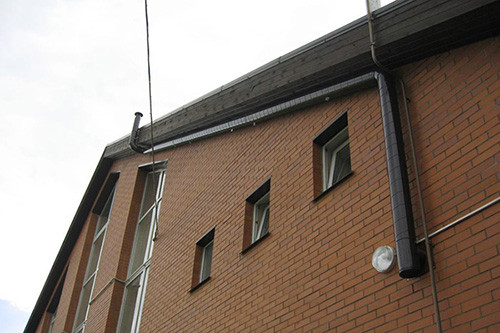
Useful advice: Thermal insulation of the ventilation system will allow you to maintain a powerful traction all year round, prevent condensate falling, will increase the sound insulation (the wind will not buzz in the pipe).
Auxiliary methods
Finally, we will tell about one popular way to increase the efficiency of natural exhaust ventilation home or apartment. It is resorted to this decision if the ventilation is too weak and does not cope with the air exchange.
Useful advice: To check the performance of the ventilation at home, burn the candle and bring it to the venue - if the flame sharply "sucks" into it, then the system works well, and if the fire is only controversial, it means the mine has been scored and does not work.
The most common option is to install the ventilation supply valve. The principle of its work is quite simple - it sues fresh air from the street, as a result of which the used air masses are forcibly pushed through the holes in the wall in the kitchen or in the bathroom. For urban apartments, it is better to buy a valve with a built-in filter. It is recommended to install it near the window so that it is convenient to replace the filter from time to time. And in winter, the incoming cold air does not create discomfort, the valve can be installed behind the battery or near it.
For additional ventilation of the room, you can install double-glazed windows with special ventilation gaps. Even in a closed state, they provide the influx of fresh air and removing spent.
Make a supply ventilation in the house or equip a mixed system from "zero" is quite difficult for an inexperienced owner, so you can study the materials, perform a part of the work, but the development and creation of the scheme is charged by a specialist. If the ventilation is already there, but it works weakly, if it makes sense to test the auxiliary methods to increase its performance.


